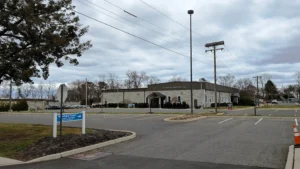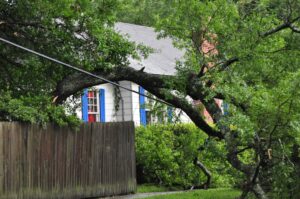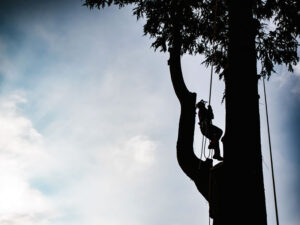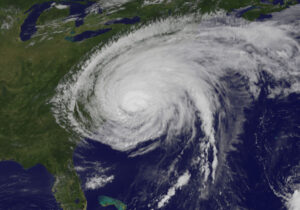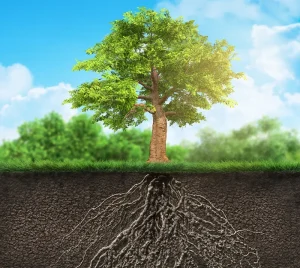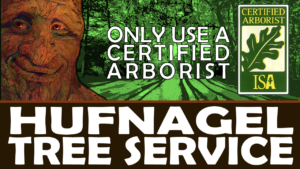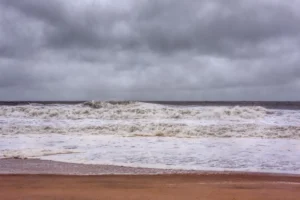In This Article ...
Storm History and Why Raritan Bayshore Trees Are at Risk
The Raritan Bayshore area of New Jersey, which includes Aberdeen, Atlantic Highlands, Fair Haven, Hazlet, Highlands, Holmdel, Keansburg, Keyport, Leonardo, Little Silver, Matawan, and Middletown, has been tested by some of the worst storms in modern history. Hurricane Irene in 2011 brought direct landfall to New Jersey for the first time in more than a century. Hurricane Sandy in 2012 caused catastrophic flooding and tree loss, leaving years of recovery across the Raritan Bay shoreline. Even offshore systems such as Hurricane Erin in 2025 created damaging back-bay flooding and downed trees throughout these towns.
Trees are a defining feature of the Raritan Bayshore, shaping the character of neighborhoods from Holmdel to Little Silver. Towering oaks and broad maples provide shade and beauty, but when heavy rains saturate the soil, even the healthiest giants can lose stability. In Fair Haven and Little Silver, where older trees line historic streets, the risk of uprooting is especially high during hurricane season.
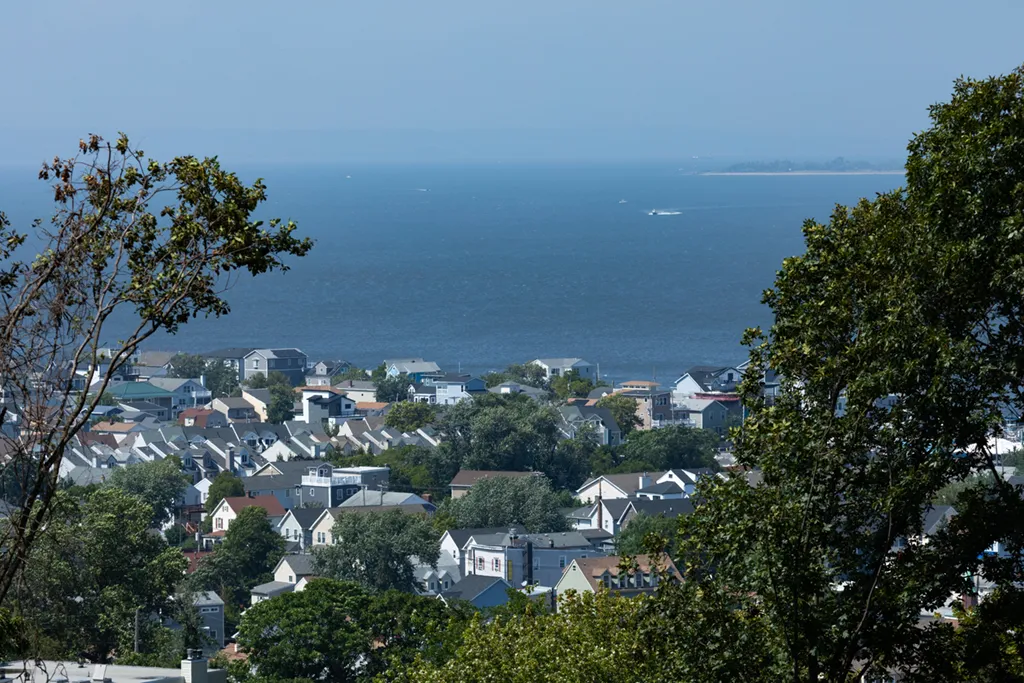
Along the bayfront in Keansburg, Keyport, and Leonardo, the challenges are different. Constant salt exposure and strong coastal winds gradually weaken tree root systems. Over time, this makes even sturdy trees more likely to fail when storms arrive. Homes along the waterfront are particularly at risk, with falling trees and branches threatening both property and power lines.
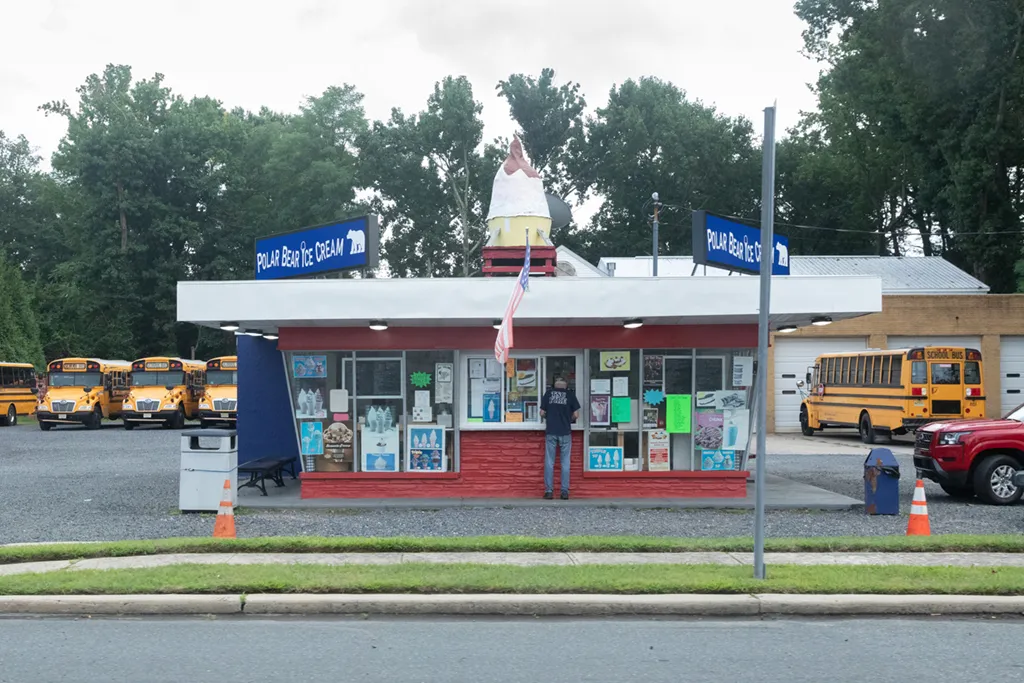
Middletown, Hazlet, and Aberdeen are filled with suburban neighborhoods where mature trees grow close to homes and roads. In these towns, falling branches can quickly block driveways, damage roofs, or bring down utility wires. Because streets are often lined with overlapping canopies, a single storm can leave entire blocks cut off until cleanup crews arrive.
Atlantic Highlands and Highlands face their own set of challenges because of steep terrain and their direct exposure to Raritan Bay. Trees rooted along these hillsides are more likely to topple when hurricane-force winds combine with loosened soil, making storms especially destructive in these elevated towns.
When Superstorm Sandy struck in 2012, the beaches and waterfronts of Atlantic Highlands and Highlands were devastated. Boardwalks and marinas were destroyed, while entire stretches of shoreline were reshaped by the surge. In addition to flooding, downed trees and storm debris rolled downhill, damaging homes and blocking access roads.
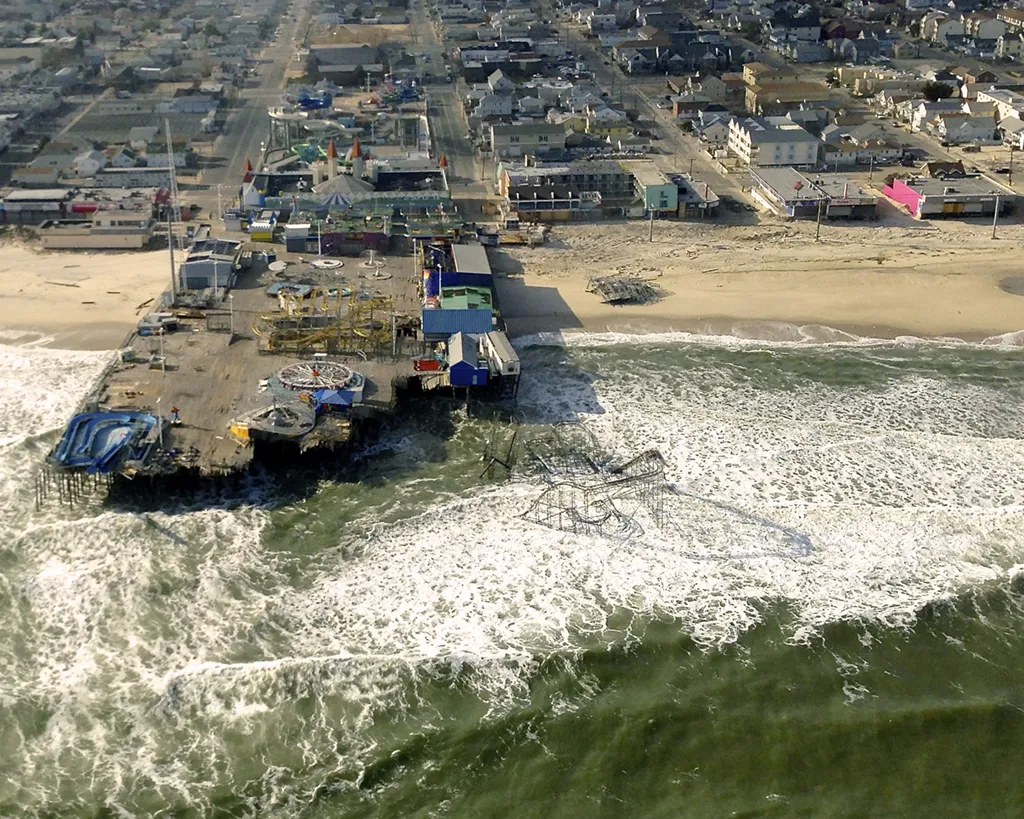
The combination of steep slopes and coastal exposure means that even moderate storms can have outsized effects here. Trees that fall on the upper ridges often cascade downhill, creating wider hazards and compounding the damage. Properties near the waterfront remain particularly vulnerable, where salt exposure weakens roots already stressed by unstable soil.
Across the Raritan Bayshore, each town faces unique risks. Whether it is flooding in Keansburg, soil saturation in Holmdel, or slope failures in Highlands, the reality remains the same: storm season is tree hazard season, and proactive care is essential.
Tree Storm Proofing for Homes in Monmouth County’s Coastal Towns
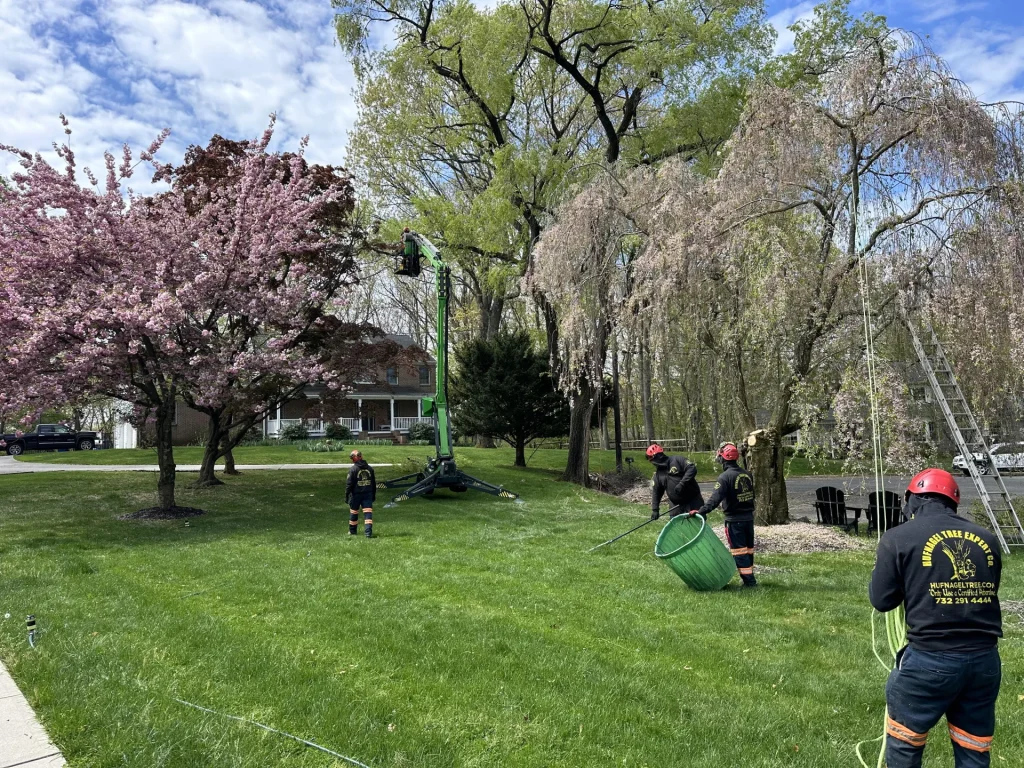
Storm proofing trees is essential for residents across the Raritan Bayshore. In Holmdel and Aberdeen, crowns are thinned to reduce wind resistance and prevent trees from uprooting in storms. Fair Haven and Little Silver benefit from pruning that balances weight and improves branch strength, protecting older neighborhoods with mature tree canopies.
Atlantic Highlands and Highlands sit on steep hillsides that catch coastal winds. Without proper pruning, heavy limbs can break and tumble onto homes or block narrow streets. In Keansburg and Keyport, where homes crowd the waterfront, trimming trees near bulkheads reduces the risk of uprooting when tides rise and soil loosens. Seasonal storm preparation gives families peace of mind when the next hurricane or nor’easter approaches.
Tropical Cyclones in New Jersey: Rare Landfalls, Deadly Floods, and Growing Risks
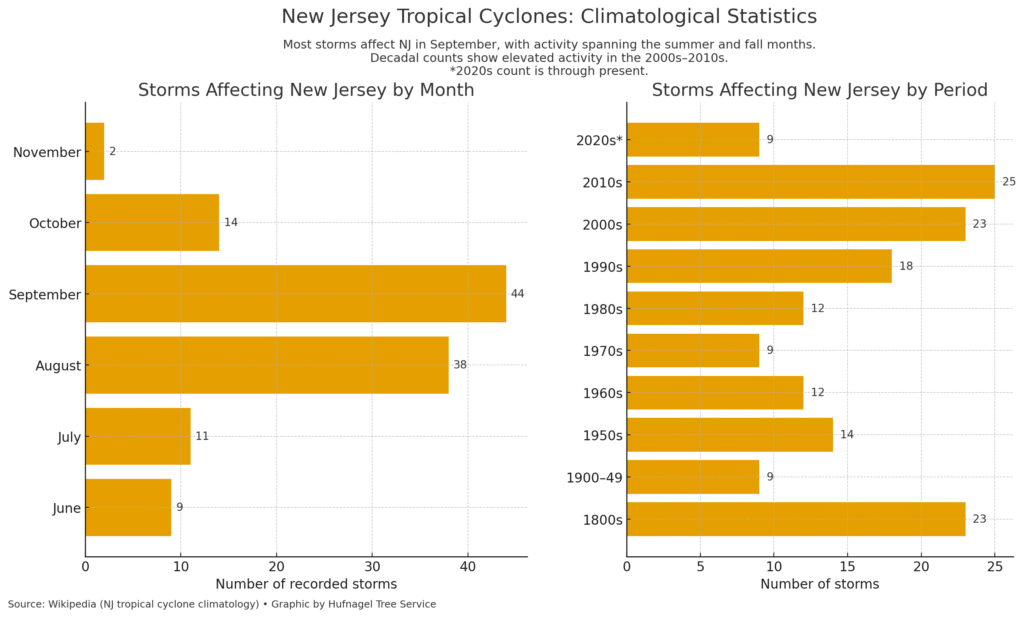
Firsts and Rarity: Did you know that Tropical Storm Fay was the first tropical cyclone to make landfall in New Jersey since Sandy in 2012 and the first fully tropical cyclone to do so since Irene in 2011? This makes landfalling tropical cyclones a relatively rare event for the state.
Deadly Impacts: The remnants of Hurricane Ida in 2021 were particularly deadly, causing tornadoes, flash flooding, and leading to the deaths of 23 people in New Jersey. Additionally, tropical cyclone-related rip currents and swells have caused numerous fatalities, including those from Tropical Storm Odette (2021), Hurricane Earl (2022), and Hurricane Franklin and Idalia (2023).
Multiple Threats: Tropical cyclones can affect New Jersey in several ways, not just through direct landfall. Their remnants, such as those from Hurricanes Laura, Sally, Beta, and Delta in 2020, can bring heavy rainfall and wind gusts. In other cases, storms like Hurricanes Franklin and Lee in 2023 caused dangerous surf and rip currents from afar, even without a direct hit.
Tornadoes and Flooding: Beyond high winds and coastal issues, some tropical systems have spawned tornadoes in the state. Tropical Storm Isaias and Tropical Storm Elsa both produced tornadoes, and the remnants of Hurricane Ida were so severe that a rare tornado emergency was issued for Trenton, along with multiple flash flood emergencies.
Pre-Storm Tree Risk Evaluation for the Raritan Bayshore
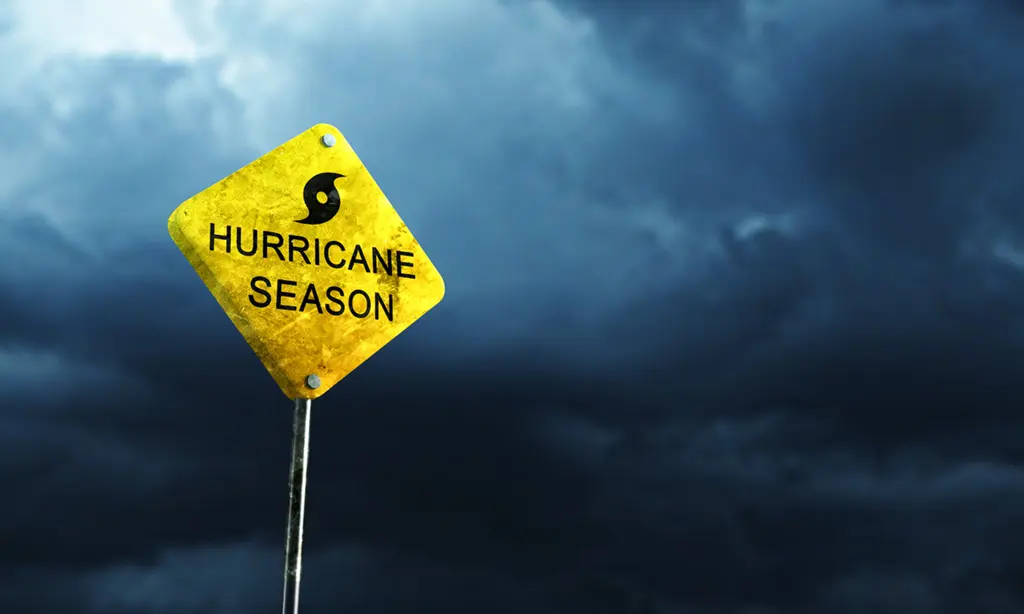
We treat risk evaluation as the first line of defense. In Middletown and Matawan, mature maples and sycamores often hide internal decay that only shows itself in hurricane winds. Our inspections look at crown structure, trunk integrity, and the root plate so weak points are found before they fail.
Fair Haven and Little Silver have historic streets with large, layered canopies. We check for cracks, cavities, past topping wounds, and co-dominant stems with weak unions. If we see movement at the base or lifting soil, we mark that tree as a priority and recommend targeted pruning, cabling, or removal.
Hazlet and Aberdeen pack tall trees close to homes, sheds, and lines. Here we add a target assessment to the structural check. If a failing limb could strike a roof or feeder line, it is not a cosmetic issue. We document the risk, set urgency levels, and schedule the work so small problems do not become storm claims.
Atlantic Highlands and Highlands bring slope into the equation. We look for leaning trunks, shallow rooting, and saturated soils on steep grades. When winds hit these ridges, marginal trees go first. Pre-storm evaluations let us brace, reduce, or remove hazards so roads stay open and homes stay safe.
Keansburg, Keyport, and Leonardo sit at the water. Salt stress and shifting bayfront soils weaken roots long before a tree looks sick. We probe those roots, check for dieback, and thin the sail of the canopy so gusts have less to grab. If a tree cannot be stabilized, we plan a controlled removal before hurricane season.
Holmdel’s large oaks demand a closer look. We use sounding and close visual inspection to find hollow sections that are invisible from the street. Where structure allows, we reduce end weight and install hardware. Where it does not, we recommend removal to protect the rest of the stand.
Our reports are plain language and actionable. You get photos, a red-yellow-green priority list, and clear next steps for pruning, cabling, soil care, lightning protection, or removal. Acting before nor’easters and hurricanes arrive is what keeps yards safe and recovery costs down for the entire Raritan Bayshore.
Tree Removal for High-Risk Bayshore Trees
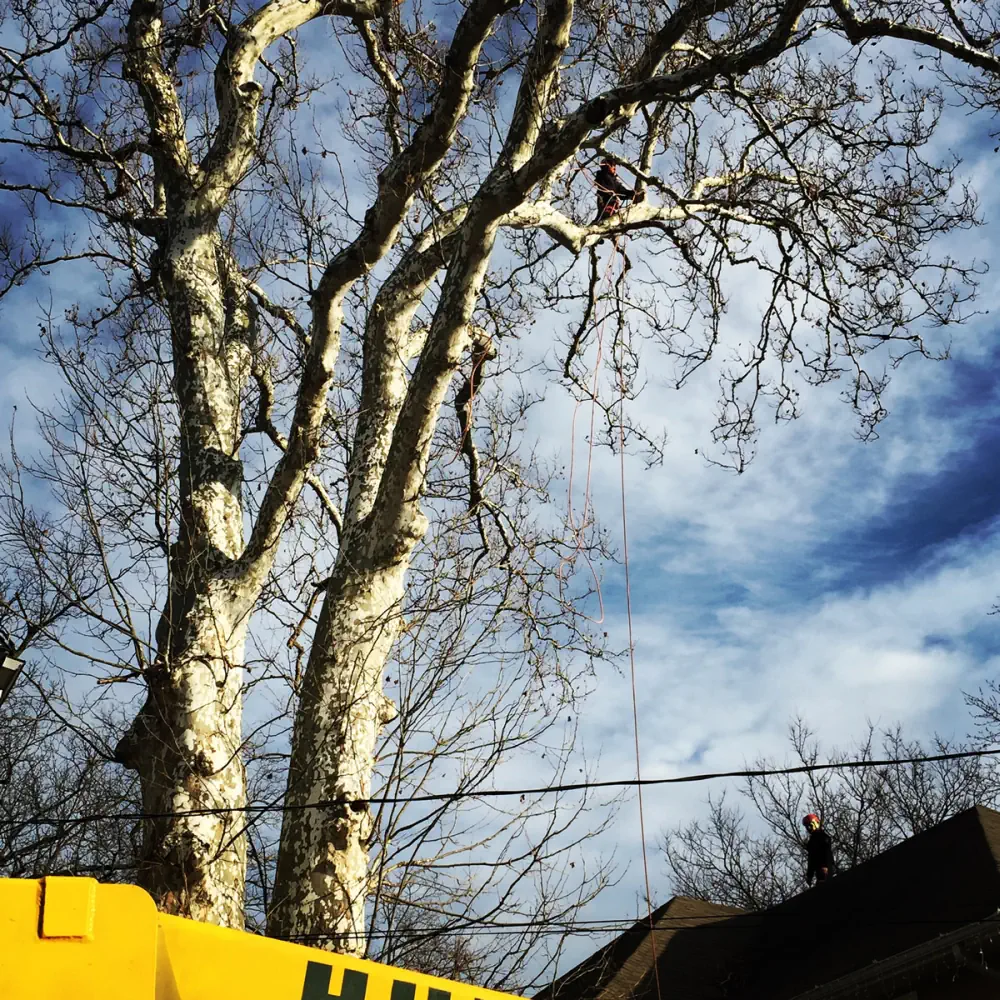
Some trees cannot be saved, no matter how carefully they are maintained. In Holmdel, towering oaks with hollow centers often look sound on the outside but are structurally unsound on the inside. When strong winds or saturated soil arrive, these giants become dangerous liabilities. Atlantic Highlands and Highlands face similar risks with wind-swept pines. These trees lean over roads and homes along steep slopes, and once a storm pushes them past their tipping point, safe removal becomes the only option.
In Keansburg, Keyport, and Leonardo, the waterfront environment adds another layer of vulnerability. Constant salt exposure and shifting bayfront soil weaken root systems over time, leaving trees unstable. During hurricanes or nor’easters, these trees are among the first to collapse, blocking access roads and damaging waterfront properties. Proactive removal before storm season prevents these predictable hazards from becoming emergencies.
Hazlet and Middletown present a different challenge. These towns are filled with dense neighborhoods where trees grow close to homes, driveways, and overhead wires. A single high-risk tree failure here can take out power to entire blocks or damage multiple properties in seconds. Removing compromised trees ahead of time reduces the burden on emergency crews and helps keep critical infrastructure intact during storm recovery.
Professional removal is not just about cutting down a tree—it is about precision, safety, and protecting the surrounding landscape. On the steep grades of Atlantic Highlands, or in the narrow lots of Middletown, advanced rigging and certified arborist expertise are required to avoid further damage. Taking out compromised trees before storms strike protects families, safeguards property, and preserves the overall health and resilience of the Raritan Bayshore canopy.
Cleanup of Fallen Trees and Storm Debris
After a hurricane, the Raritan Bayshore is often littered with fallen trees and storm debris. In Middletown and Hazlet, major roadways can be blocked for hours. In Fair Haven and Little Silver, downed limbs from massive maples and oaks crush fences and garages.
Atlantic Highlands and Highlands frequently face landslide-like conditions where fallen trees combine with hillside erosion. In Keansburg and Keyport, storm surge pushes debris inland, leaving yards and streets clogged. Professional cleanup restores order quickly and prevents further property damage from lingering debris.
Emergency Tree Service for Monmouth County Homeowners & Businesses
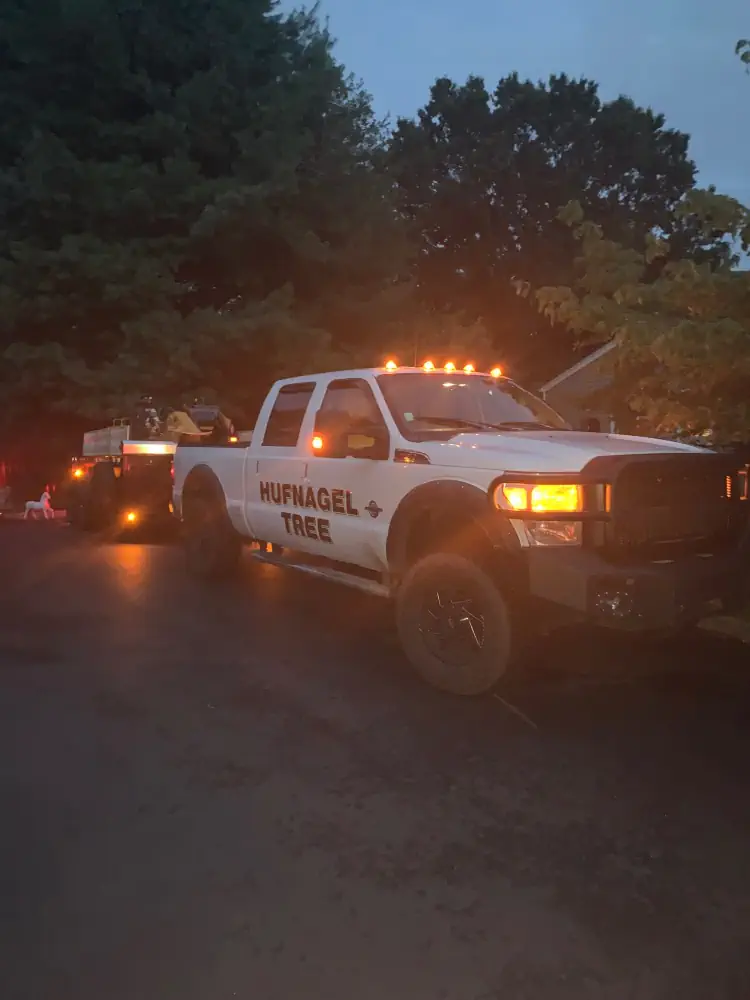
When the next storm strikes, emergency response is the only option for many Raritan Bayshore families. In Middletown and Matawan, crews are often called to clear massive oaks or maples that block driveways and roadways, restoring safe passage for residents and first responders. In Holmdel and Aberdeen, power outages frequently trace back to trees that have pulled down wires. These situations demand immediate attention, not only to restore service but to eliminate fire and safety hazards.
Keansburg, Keyport, and Leonardo face unique challenges along the waterfront. Storm surge and high winds push trees onto homes, sheds, and parked vehicles with alarming frequency. Emergency tree service in these towns requires careful rigging to remove debris without causing further property damage. A branch left in place too long can puncture a roof or windshield, allowing water damage to spread long after the storm has passed.
Highlands and Atlantic Highlands often see entire blocks cut off when trees tumble from the steep hillsides. Clearing these areas is rarely straightforward. Crews must work methodically to prevent debris from cascading downhill into other properties. Emergency removal here is not just about speed—it is about strategy, ensuring the area is safe before residents return. Professional teams are trained to dismantle heavy limbs section by section, avoiding the secondary damage that inexperienced handling can cause.
The Raritan Bayshore has endured Hurricane Donna, Irene, Sandy, and most recently Erin, each leaving behind a trail of uprooted trees and structural damage. Emergency tree service is the lifeline during recovery, whether it is lifting a pine off a roof in Hazlet, removing a maple from a car in Matawan, or reopening blocked roads in Middletown. These rapid-response efforts underscore the importance of preparation and the value of having certified arborists on call. For families across the Raritan Bayshore, knowing help is immediate and professional makes the difference between chaos and safe recovery.
Don't Wait For The Storm To Be Right Off The Coast! Call Now For Seasonal Service That Can Help Protect Your Home & Property.
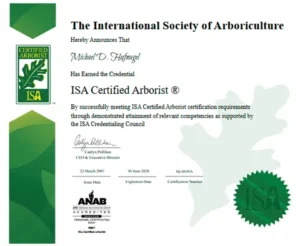 Every property in the Raritan Bayshore area in NJ benefits from professional tree care. Local conditions make trees vulnerable to wind, salt, ice, and storms, but our certified arborist services give them strength and beauty year after year. With over 25 years of experience and hundreds of satisfied clients, Hufnagel Tree Service has built trust through safety, precision, and reliable results.
Every property in the Raritan Bayshore area in NJ benefits from professional tree care. Local conditions make trees vulnerable to wind, salt, ice, and storms, but our certified arborist services give them strength and beauty year after year. With over 25 years of experience and hundreds of satisfied clients, Hufnagel Tree Service has built trust through safety, precision, and reliable results.
If you live in the area, don’t wait until storm season to find out your trees are unsafe. Call Hufnagel Tree Service today at (732) 291-4444 to schedule your free inspection and see why we are the trusted name in local tree care.
Schedule Service
From precision pruning and safe removals to health assessments and preventative care, Hufnagel Tree Service delivers expert solutions backed by decades of experience. We offer certified insight, fair pricing, and a commitment to doing what’s best for your landscape.
Take Advantage of These Special Offers:
10% OFF
Tree Service Over $100
15% OFF
Tree Service Over $250
20% OFF
Tree Service Over $500
Learn More About Our Services
Related Articles
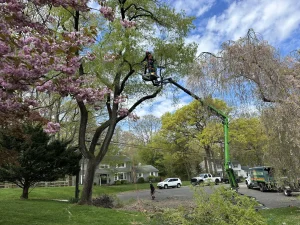
Leonardo NJ Tree Trimming & Pruning Experts
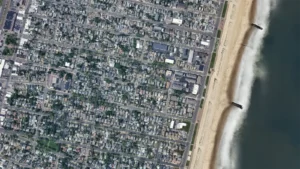
Tree Service Near Bradley Beach: Healthy Trees Along the Shore
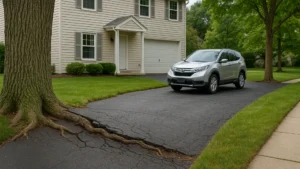
Tree Roots & Foundation Damage: What Homeowners Should Know
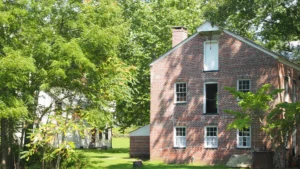
Tree Rejuvenation and Storm Proofing for Wall Township NJ Homes
